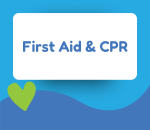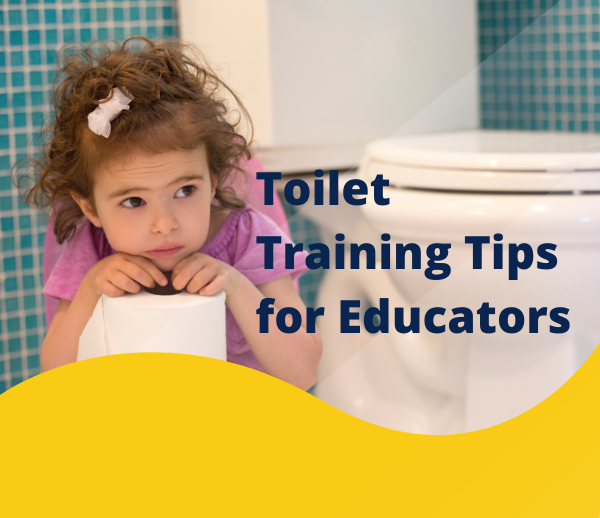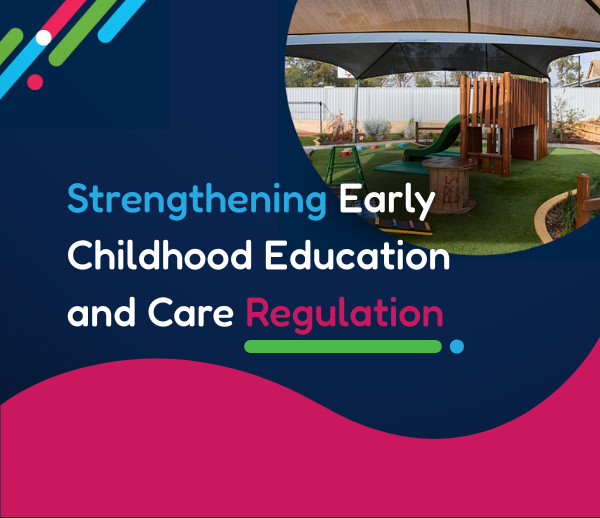Toilet Training Tips for Early Childhood Educators
Toilet Training Tips for Early Childhood Educators Toilet training is a significant developmental milestone for children, marking a step towards independence and self-care. While it can be exciting, it can also be challenging for both children and educators. With patience, consistency, and a supportive approach, educators can help children feel confident, empowered, and successful during…
Toilet Training Tips for Early Childhood Educators
Toilet training is a significant developmental milestone for children, marking a step towards independence and self-care. While it can be exciting, it can also be challenging for both children and educators. With patience, consistency, and a supportive approach, educators can help children feel confident, empowered, and successful during this important transition.
Toilet training is not just about using the toilet, it’s also about fostering independence, building self-esteem, and supporting children’s physical and emotional development. A collaborative approach with families ensures children experience consistency across home and ECEC settings, which greatly improves success and reduces stress for everyone involved.
1. Observe Readiness Signs
Every child develops at their own pace, and readiness for toilet training varies. Before starting formal toilet training, look for signs that the child is physically and emotionally ready:
· Staying dry for longer periods (at least 1–2 hours)
· Showing interest in using the toilet or imitating adults/peers
· Communicating the need to go (verbally or non-verbally)
· Demonstrating basic motor skills like pulling pants up and down
If a child isn’t showing readiness signs, forcing toilet training can create stress and resistance. Patience is key.
2. Create a Consistent Routine
Children thrive on predictable routines. Embedding regular toilet breaks into the daily schedule helps children learn when and where to go.
Tips for routine building:
· Schedule regular toilet visits, e.g., before snack, after outdoor play, before rest time
· Use visual schedules or cues for children who respond well to visual prompts
· Keep bathroom areas consistent across the service, with familiar equipment and supportive resources
Consistency helps children feel secure and understand expectations, reducing anxiety and accidents.
3. Use Positive Reinforcement
Positive reinforcement encourages children to keep trying and builds confidence. Focus on effort and progress rather than perfection.
Ideas for reinforcement:
· Praise verbal or non-verbal attempts: “I saw you trying to use the toilet — well done!”
· Use stickers or small reward charts to celebrate milestones
· Encourage peer support by celebrating achievements in group discussions (while respecting privacy)
Avoid punishments or negative language — accidents are part of learning and should be treated calmly.
4. Encourage Independence
Toilet training is a chance to develop practical life skills. Break tasks into small, achievable steps so children can succeed independently:
· Pulling pants up and down
· Wiping appropriately (front to back)
· Flushing the toilet
· Washing and drying hands
Model each step, use clear and consistent language, and offer assistance only when needed. Over time, children gain confidence and pride in doing things themselves.
5. Collaborate with Families
Family involvement is critical to successful toilet training. Children benefit when educators and families use the same language, routines, and strategies.
Practical ways to collaborate:
· Communicate progress daily or weekly, highlighting successes and areas for support
· Ask families about methods they’re using at home (e.g., reward systems, specific language)
· Agree on consistent terminology for bodily functions and toilet routines
· Provide families with tips and resources, such as visual aids or guides for reinforcement at home
This consistent, united approach reduces confusion for children and helps build confidence more quickly.
6. Be Patient and Flexible
Accidents are normal and expected during toilet training. Respond calmly and reassure children that it’s okay to try again.
Helpful strategies:
· Keep spare clothes accessible and encourage children to manage small clean-ups when appropriate
· Avoid expressing frustration or disappointment
· Adapt the approach if a child shows anxiety or resistance. Try breaking down steps further or returning to earlier strategies temporarily
Remember, toilet training is a journey. Each child’s pace is unique, and setbacks are part of the process.
7. Supporting Emotional Development
Toilet training isn’t just about physical skills, it’s also about helping children navigate feelings of independence, embarrassment, or pride.
· Validate children’s feelings: “It’s okay, accidents happen.”
· Encourage self-expression about successes and challenges
· Celebrate milestones, both small and big, to build self-esteem
Toilet training is a significant milestone that promotes independence, confidence, and self-care. With supportive guidance, clear routines, positive reinforcement, and strong
family collaboration, educators can help children succeed while making the process enjoyable and stress-free.
By using consistent strategies at both home and the ECEC setting, children experience predictability and support, which helps them develop the skills and confidence to master toilet training at their own pace.
For more tips and resources on supporting children through key developmental milestones, read Starting Blocks full guide here – Guide to toilet training with StartingBlocks.gov.au | StartingBlocks.gov.au






